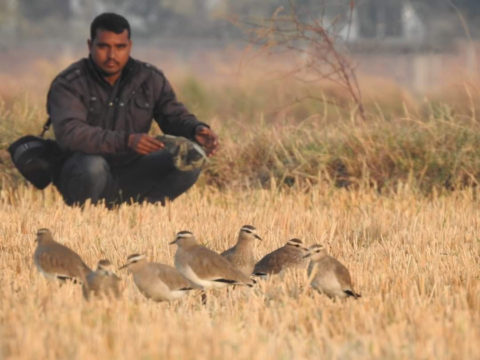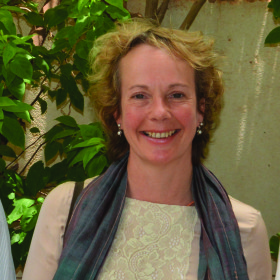
Statement on World Migratory Bird Day: Birds connect our world
-
Asian Waterbird Census
In the midst of climate and biodiversity crises, in which the collapse of natural systems and biodiversity loss is contributing to the outbreak of pandemics, we need to improve at reading the signs and heeding nature’s warnings. Birds – their habits, breeding, population abundance and trends — can tell us a lot about what is going on in the natural world. On World Migratory Bird Day (WMBD), we’re often reminded of the awe – inspiring epic journeys of migratory birds and of just how powerful nature can be. It’s a good moment to reflect on the significance of bird migration and what these birds and their experiences can tell us about the health of our world.
While humans fence their gardens, construct nation states and draw socio-political boundaries, nature and natural processes ignore these artificial borders. Human boundaries that interrupt natural systems like rivers act to accentuate problems of upstream-downstream water sharing. If changes are made in the water flow in one place it can have disastrous impacts in another. Understanding natural processes and maintaining connectivity in and with nature is key to our survival too.
Disrupting ecological connectivity between wetlands has great consequences for migratory waterbirds that travel great distances between their breeding and non-breeding grounds. The presence, numbers and trends of waterbirds at a site can tell us a lot about the productivity and quality of a wetland, so they help us to see just how and where we need to take action to safeguard and restore ecosystem values.
The Inner Niger Delta in Mali, and Rift Valley in Ethiopia are critical sites along the African-Eurasian Flyway, where the trends of waterbirds are declining because the productivity and quality of the wetlands is diminished. Looking closer, in the Rift Valley we see that in Lake Abijatta, the extraction of water for human use has resulted in the drying of the lake with a change in water quality. Now, so the former large flocks of Great White Pelican for which the lake was famous, are gone. The information on trends in these wetlands is available in the Critical Site Network Tool for countries in the African Eurasian region, which makes it possible to prioritise sites and landscapes for conservation and restoration. This is also a valuable decision support tool which is worth extending to other flyways of the world.

Photo: Sociable Lapwing (Vanellus gregarius) flock in a crop field in Gujarat, India, where they are closely connected with local people. The Sociable Lapwing is a Critically Endangered species on the global IUCN Red List of Threatened Animals, by Latif Alvani.
Another key route where migratory waterbirds are declining is along the East Asian – Australasian flyway. One of the key habitats along the flyway is the coast of the Yellow Sea in China, specifically the intertidal and associated wetlands. Now that the Chinese government has put a moratorium on converting of coastal mudflats, it is expected that many of the remaining internationally important sites can be conserved for birds and people. Last year, the first coastal natural World Heritage Site in the Yellow Sea was inscribed by UNESCO in China, with plans being developed for listing of additional sites in China and South Korea. This means that these wetlands are recognized as being of significant natural value not only for the country in which they are located, but for humanity as a whole. It gives hope for the future.
To safeguard and restore waterbird populations we need to connect people to work collaboratively along flyways, not just in our own countries. Monitoring the population of migratory waterbirds is a key activity to understand what waterbirds are telling us about our environment. The International Waterbird Census (IWC)
As well as bird counts, there are a growing number of events taking place every year on WBMD. Although this year’s COVID-19 pandemic will create logistical challenges, it will not stop this army of keen volunteers from being connected and making their contribution to a global effort. In these difficult times, people are finding joy and comfort in nature. Celebrating the migration of birds and contributing to understand and sustain their safe travels across vast distances, despite all the challenges they face, is perhaps more rewarding than ever. So, I encourage you to join in celebrating WMBD around 9 May and 10 October by organising an online event, participating in an event or by sharing an inspiring picture or message on social media. I wish you all a happy and healthy World Migratory Bird Day! All events can be found here on the WMBD website.

Jane Madgwick, CEO of Wetlands International
Lead Photo by Emil Todorov
